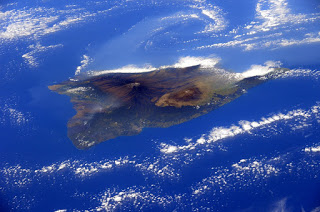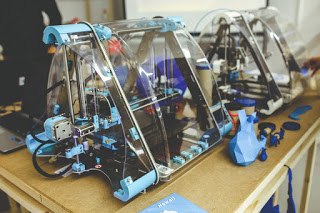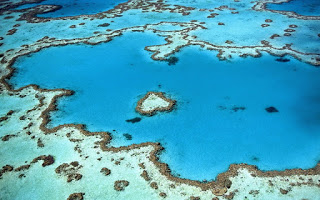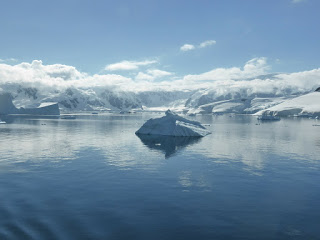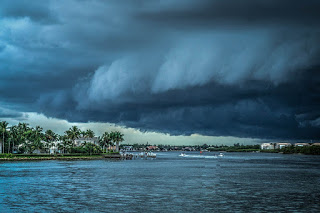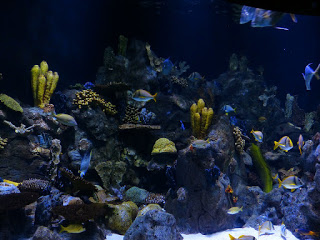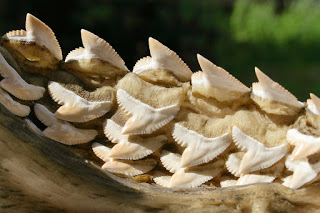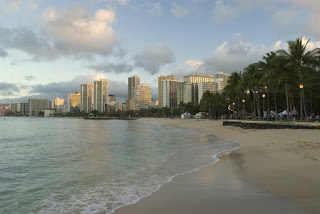 The International Union for Conservation of Nature (IUCN) brought the work of over 80 scientists from a dozen of countries together for their annual State of Conservation Report. IUCN Scientists warn that soaring ocean temperatures are having effects on the behavior of marine species, reducing fishing zones, and spreading disease. The results of this meeting will be used to set up parameters for Sea Save’s next Climate Change Foundation campaign, which is currently being discussed at the SADIES conference in Africa this month. Read more…
The International Union for Conservation of Nature (IUCN) brought the work of over 80 scientists from a dozen of countries together for their annual State of Conservation Report. IUCN Scientists warn that soaring ocean temperatures are having effects on the behavior of marine species, reducing fishing zones, and spreading disease. The results of this meeting will be used to set up parameters for Sea Save’s next Climate Change Foundation campaign, which is currently being discussed at the SADIES conference in Africa this month. Read more…
Autonomous, wind powered saildrones are the latest agent of battling climate change. They are collecting data from the worlds’ ocean that will aid in protecting coastal barriers, tracking ocean acidification, and detect early signs of oil spills. The saildrones also have the ability to follow marine life, such as tagged sharks, as well as help scientists study aquatic populations. Read more…
4. Fred the Turtle, Burn Victim, Saved by 3D Printing
Meet Fred, the world’s first tortoise to receive a prosthetic shell designed from 3D printing technology. The lucky guy survived a forest fire in Brazil, however, lost 85% of his outer shell in the blaze. The synthetic shell, made from a corn-based plastic, is comprised of four separate pieces that fit around Fred much like a jigsaw puzzle. Read more…
5. Naval Laser Data Technology Helps Discover New Coral Reef
A large field of circular mounds sitting behind the Great Barrier Reef were uncovered by a group of Australian scientists using laser data from the Australian Royal Navy. The doughnut shaped coral reef spans an area of 2,300 square miles, stretching from the Torres Strait to just north of Port Douglas. Scientists hope the discovery will help shed light on the history of the Great Barrier Reef. Read more…
Nature recently published a scientific study that explains why we are seeing a reduction in the salinity of the Southern Ocean. Normally, sea ice forms during the winter, releases salt into the ocean which drifts northward, spreading the fresh water over a wide area. Due to climate change, less ice is being formed, which is increasing the amount of fresh water directly entering the Southern Ocean, which will directly impact future climate patterns. Read more…
7. Hermine Wreaks Havoc on the Northeast
Hermine, the first hurricane to fit Florida’s shores in over a decade, is still making herself known to the Northeastern US. Downgraded to a post-tropical cyclone, she still packs wind speeds as high as 205 miles per hour! Waves from Hermine are expected to create deadly surf and rip current conditions, as well as cause significant beach erosion. Read more…
8. Fabien Cousteau Saves Reef Ecosystems with 3D Printed Synthetic Coral
The Caribbean Island of Bonaire’s Harbor Village Beach Club has enlisted the help of Fabien Cousteau to help save their coral reefs. Cousteau uses 3-D printing technology to create artificial coral with the same shape, texture, and chemical makeup of organic coral. The experiment involves attracting floating baby coral polyps, algae, crabs and fish species to the synthetic coral to rebuild reef ecosystems. Read more…
9. Venice, FL Attracts Shark Tooth Rush
Sharks lose thousands of teeth during their lifetime, often ending up in sandy creek bottoms and riverbeds near coastal areas. Venice, Florida; considered to be the “shark tooth capital of the world”, attracts many hunters of the dark-hued, fossilized teeth. Here you can often unearth shark teeth just by walking along the beach. The King of the Island is the one who can find a rare megalodon, now extinct, tooth. Read more…
Be sure to “LIKE” http://facebook.com/SeaSave to ensure our “Week in Review” is delivered to your newsfeed every Friday.
Sea Save Foundation is committed to raising awareness of marine conservation. The Week in Review is a team effort produced by the Sea Save staff to provide a weekly summary of the latest in marine research, policy, and news.

